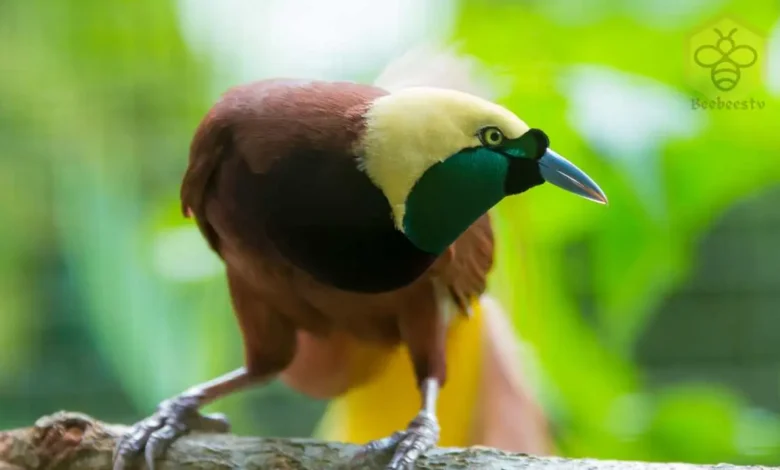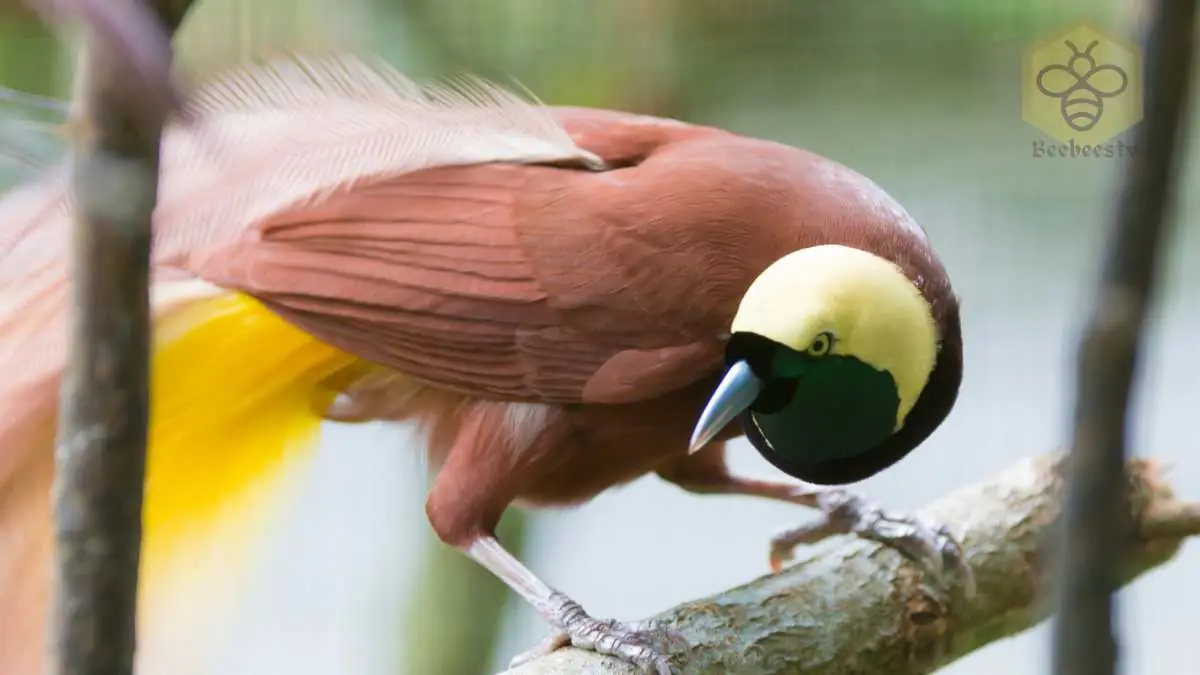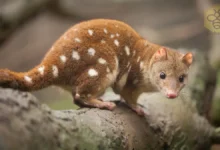Bird of Paradise: The Hidden Wonders of the Rainforest

Bird of Paradise: A Glimpse Into Nature’s Artistry
Bird of Paradise
Introduction
The bird of paradise is not just a bird but a living masterpiece, celebrated for its unparalleled beauty and remarkable courtship displays. Native to the lush forests of New Guinea and nearby islands, these birds have fascinated scientists, artists, and nature enthusiasts alike. From vibrant plumage to intricate dances, the bird of paradise exemplifies nature’s creative genius.
Scientific Overview
Scientific Name
- Paradisaeidae (family)
- Paradisaea apoda (one of the well-known species)
Common Name
Bird of Paradise
Scientific Classification
Types
The Bird of Paradise family includes around 42 species, such as:
- Greater bird of paradise (Paradisaea apoda)
- Wilson’s Bird of Paradise (Cicinnurus respublica)
- King bird of Paradise (Cicinnurus regius)
Habitat and Distribution
Preferred Habitats
- Rainforests
- Tropical lowlands
- Mountainous regions
Geographic Range
Primarily found in:
- Papua New Guinea
- Eastern Indonesia
- Northern Australia
Physical Characteristics
Size and Weight
- Length: Ranges from 6 to 17 inches, depending on the species.
- Weight: Between 1.5 to 15 ounces.
Appearance
- Plumage: Bright and vibrant colors, including yellow, red, green, and blue.
- Tail Feathers: Many species possess elaborate tail feathers or unique ornaments.
- Dimorphism: Males are vividly colored, while females have muted tones for camouflage.
Diet and Feeding Habits
Dietary Needs
Birds of paradise are omnivorous, feeding on:
- Fruits
- Nectar
- Small insects
Feeding Behavior
They often forage in the canopy, using their agility to reach food.

Predators and Threats
Natural Predators
- Birds of prey
- Large snakes
Human-Induced Threats
- Deforestation: Loss of rainforest habitats poses a significant threat.
- Hunting: Historically hunted for their feathers, which were used in fashion and rituals.
Reproduction, Chicks, and Lifespan
Reproduction
- Mating Displays: Males perform elaborate dances and displays to attract females.
- Egg Laying: Females lay 1–3 eggs per clutch.
Chick Development
- Chicks are cared for solely by the female, who feeds and protects them until they fledge.
Lifespan
Birds of paradise live an average of 5–8 years in the wild, though some species can reach 10 years or more.
Behavior and Lifestyle
Social Structure
- Solitary or small groups.
- Males gather in leks to display for potential mates.
Activity
- Diurnal, active during the day.
- Known for their acrobatic displays and vocal calls.
Ecological Role
Birds of paradise are vital seed dispersers, aiding in the growth and regeneration of rainforests. Their role as pollinators further enhances biodiversity in their habitats.
FAQs About Bird of Paradise
- Why are birds of paradise so colorful?
Their bright colors and elaborate features have evolved for mate attraction, ensuring reproductive success. - Do all bird of paradise species perform dances?
While not all species perform dances, many are renowned for their intricate courtship displays. - How do birds of paradise communicate?
They use a combination of vocal calls, plumage displays, and dances to communicate with each other. - What is the most famous bird of paradise species?
The greater bird of paradise (Paradisaea apoda) is one of the most iconic species, admired for its long tail feathers and vibrant colors. - How can we protect birds of paradise?
Supporting conservation efforts, protecting rainforests, and promoting sustainable practices are crucial for their survival.
Conclusion
The bird of paradise stands as a testament to the wonders of evolution, captivating the imagination with its vivid colors and extraordinary behaviors. As we continue to explore and appreciate these avian marvels, we must also prioritize their conservation, ensuring that future generations can witness their splendor


